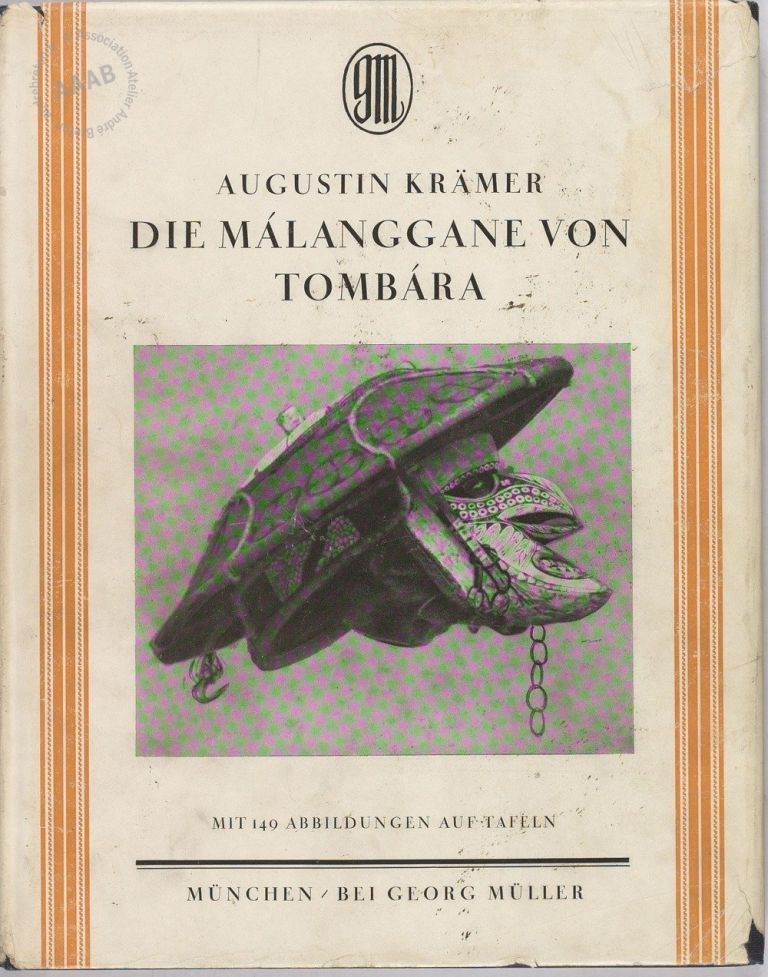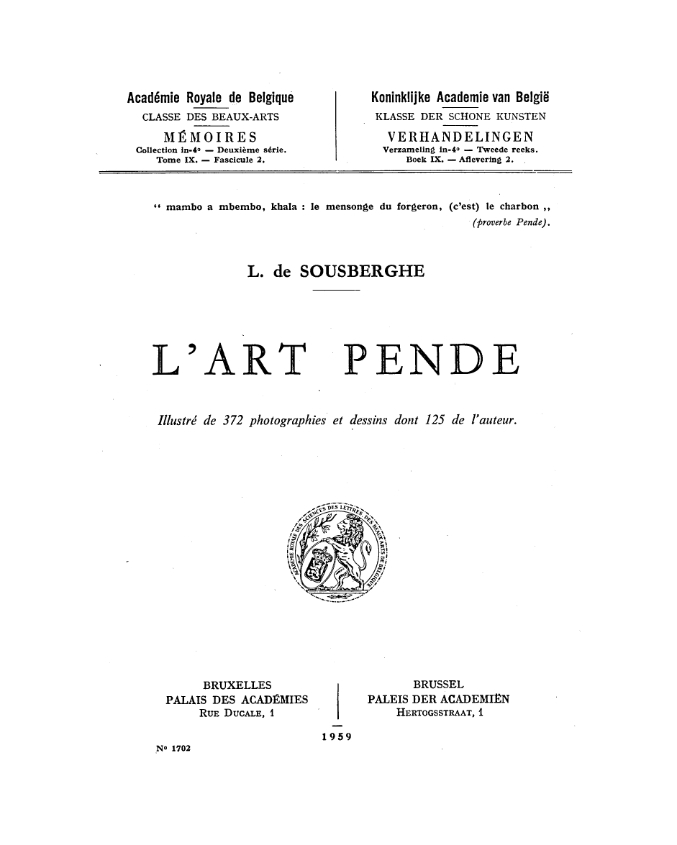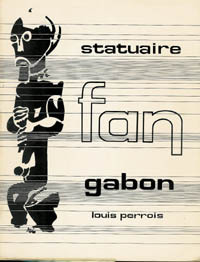
A number of important books in the history of publications on non-European art have been published in small numbers and are therefore today very difficult to find and very expensive to acquire. Fortunately, some of them are now available for free on the web ! Just click on the links or pictures hereunder.
Scientific publications in the Precolumbian art area predated those on African or Oceanic art, and especially those on the fascinating Mayas.In 1913, Herbert Spinden published A Study of Maya Art, a founding work for its analytical treatment of themes and motifs and its chronological conclusions. One of his most famous followers was the Russian-American scholar Tatiana Proskouriakoff, decipherer of the Mayan hieroglyphs, who published A Study of Classic Maya Sculpture in 1950.
When Karl von der Steinen published his groundbreaking Die Marquesaner und ihre Kunst in 1925, he was already famous for 40 years, having revolutionized our understanding of traditional American societies with his discovery of the course of the Xingu river in the Amazon bassin and his precise description of the Indian cultures alongside it. His study of Marquesan art was equally groundbreaking with a combination of local exploration and visits to even the most obscure museums. It is an extensive three-volumes work of which we present the two first ones, on tatoos and on sculpture, thanks to the Bodleian Library in Oxford and the Goethe Universität in Frankurt am Main. The three volumes have been published in fac-simile by the excellent Fines Mundi publisher.
Augustin Krämer was a German ethnologist in the Pacific at the end of the 19th and begining of the 20th century and is a byword for Deutsche Gründlichkeit. His works on Samoa and Palau are still used locally today as references on traditional customs and legal rights. Back in Germany, he published in 1925 the first book solely devoted to a Pacific artistic tradition : Die Malanggane von Tombara on the malangan sculptures of New-Ireland. This rare book is now available thanks to the National Library of Australia.

He wasn't the first to write on the art of this extraodinarly rich region though. For instance, Dr. Emil Stephan had already edited in 1907 his Südseekunst. Beiträge zur Kunst des Bismarck-Archipels und zur Urgeschichte der Kunst überhaupt and dedicated it to the manes of Rembrandt. He died shortly afterwards of illness in Neu-Mecklenburg (present day New Ireland).

Fr. Léon de Sousberghe sj was an extraordinary man, whom I have had the chance to discuss with when he was in old age (he died at 103)but still alert and passionate. He realized his dreams of being both a priest in the Jesuit order and a field ethnologist (academically trained by Daryll Forde). He spent a few years in the Jesuit mission of the Kwango (Belgian Congo at the time) with the Pende. His main area of research was the incestuous and congenital unions and their meaning, but we remember him mostly for his magistral L'art pende, the first major work dedicated to the art of a single Congolese ethnic group. We have digitally access to it thanks to its original publisher: the Académie Royale de Belgique - Koninklijke Academie van België.

The reference for Tshokwe art is still, after nearly sixty years, the 1961 Art décoratif tshokwe by Marie-Louise Bastin on the collections of the Museu do Dundo in Angola. It's a two volume work with the text in the first volume and 270 plates in the second. This extremely rare book is now on the website of an ambitious project to digitalize documents on the former Portuguese colonies : Portal das Memórias de Ãfrica e do Oriente
In 1972, Louis Perrois published his thesis La statuaire fan, Gabon where he first applied the analytical method for the study of styles to the African context. This work is available on the website of the French Institut de Recherche pour le Développement, successor to the Office de la recherche scientifique et technique outre-mer, which had originally published that work.

Even more recent works begin to appear (legally) digitally. For instance, the African Center of New-York has put online two excellent works published by the former Museum for African Art : Na Presenca dos Espiritos: Arte Africana do Museu Nacional de Etnologia, Lisboa edited by Frank Herreman in 2000 and African Faces, African Figures â the Arman Collection of 1997 with articles by i.a. Alain Nicolas, Jean-Hubert Martin and Jacques Kerchache.
© Christophe Evers 2012-